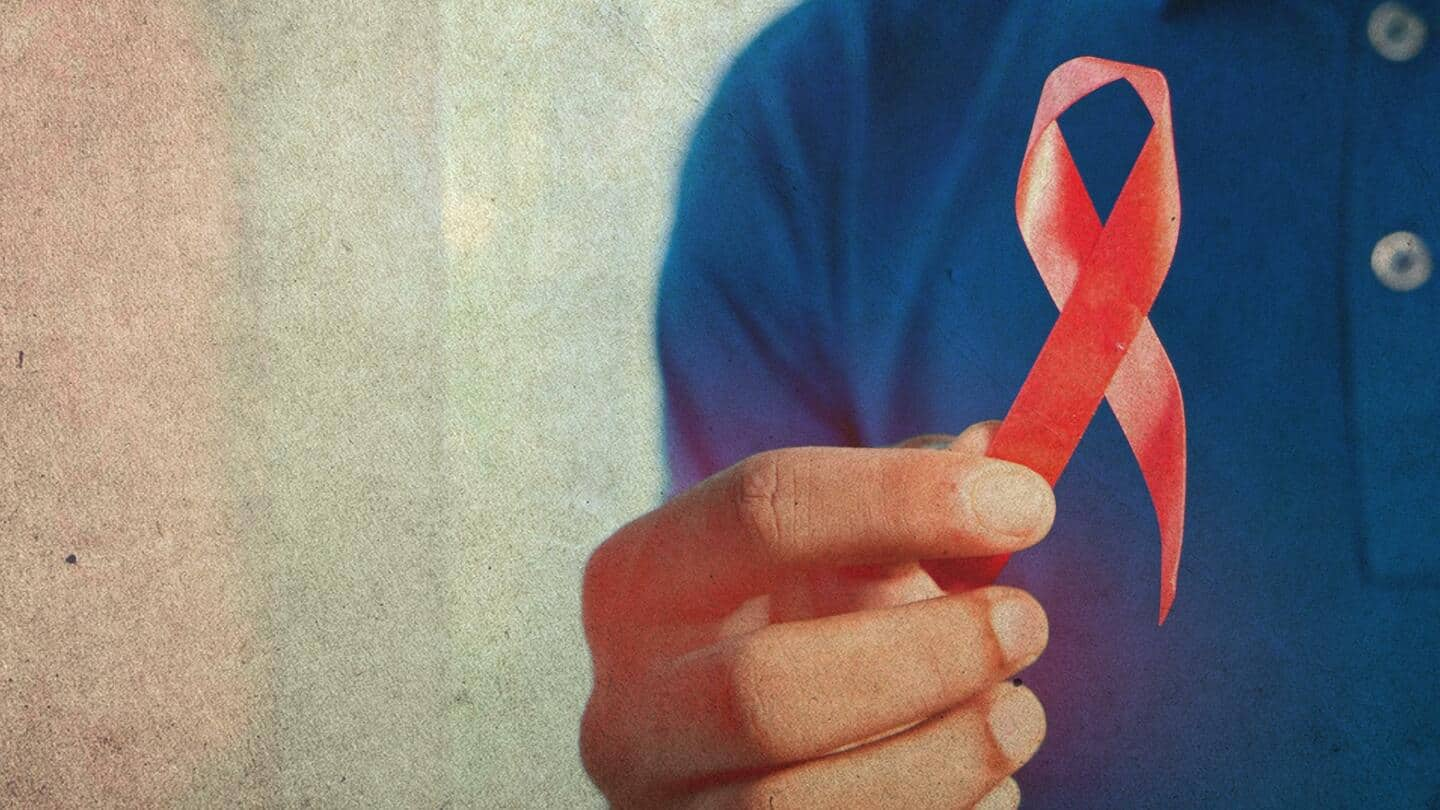
World AIDS Day 2022: Causes, symptoms, and prevention
What's the story
Observed on December 1 annually, World AIDS Day aims to raise awareness of the AIDS pandemic caused by the spread of HIV infection. The day also remembers those who died of the disease. This first-ever global health day was established in 1988 through the efforts of James W. Bunn and Thomas Netter. The theme for World AIDS Day this year is "Rock the Ribbon."
Context
Here's what our expert says
Human Immunodeficiency Virus is a retrovirus that affects the cells of the immune system in humans. It started as a zoonotic viral disease in the apes that then cross-infected humans. The difference between AIDS and HIV is that HIV denotes the virus-positive status, whereas AIDS is a full-blown spectrum of the disease where the patient's immunity is very low.
Definition
What is AIDS?
AIDS is a chronic immune system disease caused by the human immunodeficiency virus, popularly known as HIV. It is a life-threatening condition. HIV affects the body's ability to fight diseases and infections and weakens the immune system. HIV can spread through contact with vaginal fluids, semen, and infected blood. If untreated, HIV advances into AIDS. There is currently no treatment for AIDS.
Symptoms
Symptoms of AIDS
AIDS (acquired immunodeficiency syndrome) is the advanced stage of HIV. One may not develop AIDS if HIV is detected and treated early with antiretroviral therapy. Common symptoms of AIDS include recurrent fever, chronic swollen lymph glands, night sweats, chronic fatigue, rapid weight loss, anxiety or depression, and neurological problems. Recurrent or chronic diarrhea, sores, or lesions on the mouth and tongue are also common.
Causes
Causes of the condition
HIV commonly causes AIDS and a person cannot get AIDS if they have not contracted HIV. HIV is a virus that spreads through illicit injection drug use, sexual contact or sharing needles. Healthy people have a CD4 count of 500-1,500 per cubic millimeter. In HIV, the CD4 cells multiply and get destroyed. Suffering from AIDS, a person's CD4 count falls below 200.
Information
What are CD4 cells?
Also known as CD4 T lymphocytes or "helper T cells," CD4 cells are a type of white blood cells that fight infection by triggering the immune system to destroy pathogens like viruses and bacteria. They are an essential part of our immune system.
Connection
What is the connection between HIV and AIDS?
HIV progresses through three stages. Stage one is the acute stage (the first few weeks after transmission), stage two is the clinical latency or chronic stage and AIDS occurs in stage three. While there is no cure for HIV, it can still be managed with early treatment before it advances to AIDS. Both HIV and AIDS are connected but yet they are different.
Transmission
How does HIV get transmitted?
HIV usually gets transferred from person to person through sex, sharing needles, syringes, and other items for injection drug use, sharing tattoo equipment without sterilization between uses, during breastfeeding, and during pregnancy, labor or delivery. It is also transmitted through premastication, organ and tissue transplant, blood transfusion, and through exposure to blood, serum, vaginal and rectal fluids, and breast milk of someone infected.
Treatment
Prevention and treatment for the condition
To prevent AIDS, one needs to start early treatment for HIV as soon as it is diagnosed. HIV can be treated through antiretroviral therapy which includes a combination of daily medications that restricts the virus from reproducing. This keeps the immune system strong and protects CD4 cells. It is important people practice safe sex and use contraception like condoms correctly to prevent transmission.